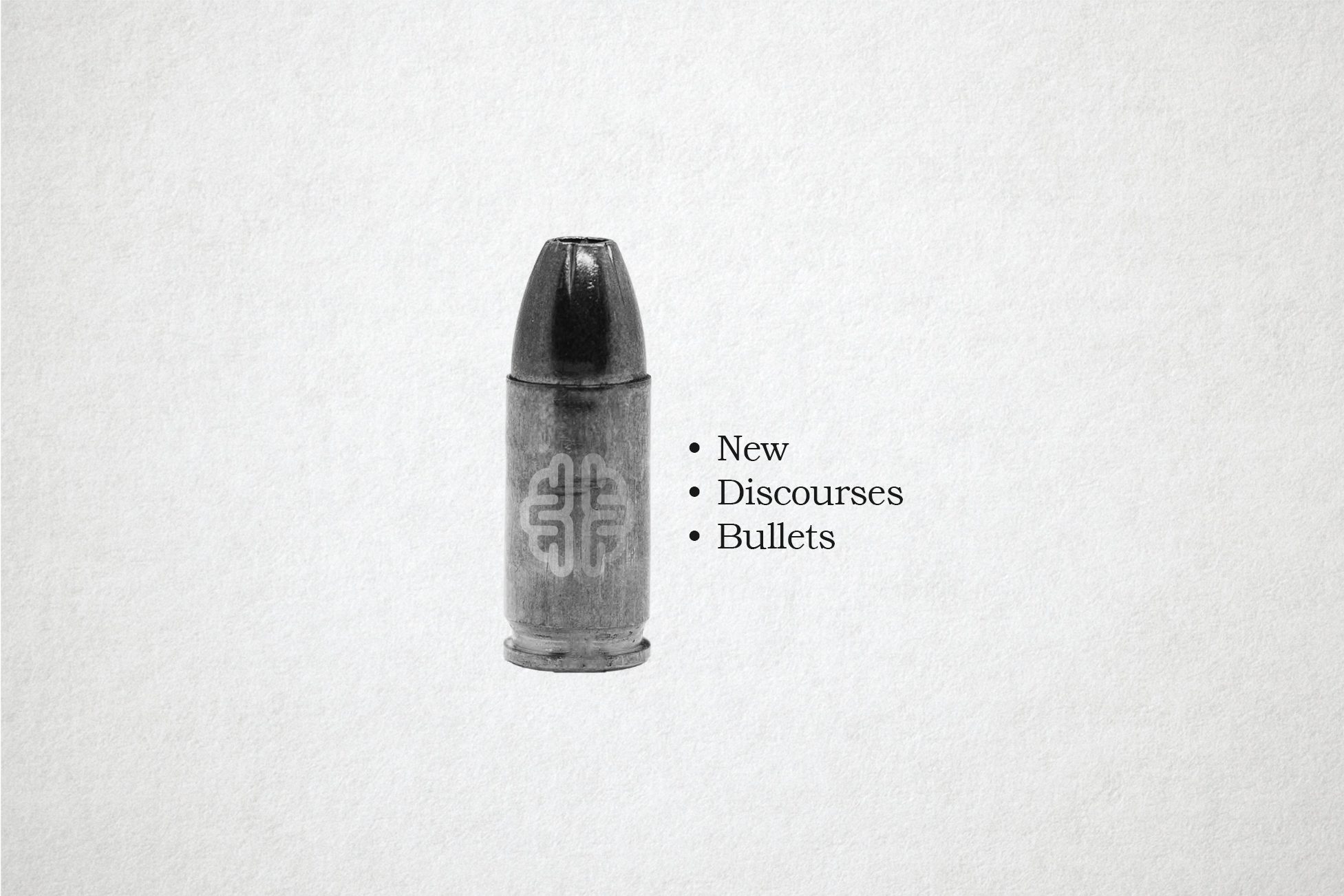Producer price data for September was bad news for people looking for relief from rising prices.
The Producer Price Index (PPI) rose by 0.4%, doubling the 0.2% projected increase, according to data released by the Bureau of Labor Statistics (BLS).
On an annual basis, PPI rose 8.5%. This was down slightly from 8.7% in August, but still indicates significant price pressures at the wholesale level.
PPI had been falling over the last couple of months.
Core PPI, excluding more volatile food and energy prices, charted a 0.3% month-over-month increase in September. On an annual basis, core PPI rose 7.2%.
Prices for final demand less foods, energy, and trade services advanced 0.4% in September. That was the largest rise since it increased by 0.5% in May.
About two-thirds of the PPI increase was attributed to a 0.4% gain in services, according to the BLS.
If you’re looking for some good news, core goods prices were unchanged. According to Reuters, this could indicate some of the supply chain bottlenecks are unplugging.
Nevertheless, a surprisingly high PPI is not good news in the overall inflation fight.
“The trajectory of downward-trending inflation data is starting to feel like wishful thinking, as the data has been coming in choppy at best,” BMO Wealth Management chief investment strategist Yung-Yu Ma told CNN.
The PPI will be overshadowed by the Consumer Price Index data coming out the following day, but it’s important to remember that producer prices are generally considered a leading indicator of future hikes in consumer prices since consumer prices typically lag behind producer prices. As Peter Schiff put it in a podcast, “Before businesses can pass on their higher costs, to their customers, they have to experience those higher costs themselves.”
In other words, a spike in producer prices may spill over into CPI down the road, meaning consumers could see more price hikes in the months ahead as businesses pass on at least some of their costs to customers.
That means the Fed isn’t going to have any excuse to pivot from tightening monetary policy. Most analysts expect another 75-basis point interest rate hike at the November meeting. This will put even more pressure on a debt-ridden economy that depends on cheap, easy money to function. As Peter Schiff put it, this is a massive fiscal time bomb.
The central bankers at the Fed continue to insist they will forge ahead in with the inflation fight as long as they need to in order to get CPI back to the 2% target. The PPI data signals that they still have a long way to go. In fact, the Fed is holding a losing hand. Each month of rising prices brings us closer to the moment the Fed’s bluff gets called.

Call 1-888-GOLD-160 and speak with a Precious Metals Specialist today!
Source link
Author Michael Maharrey





